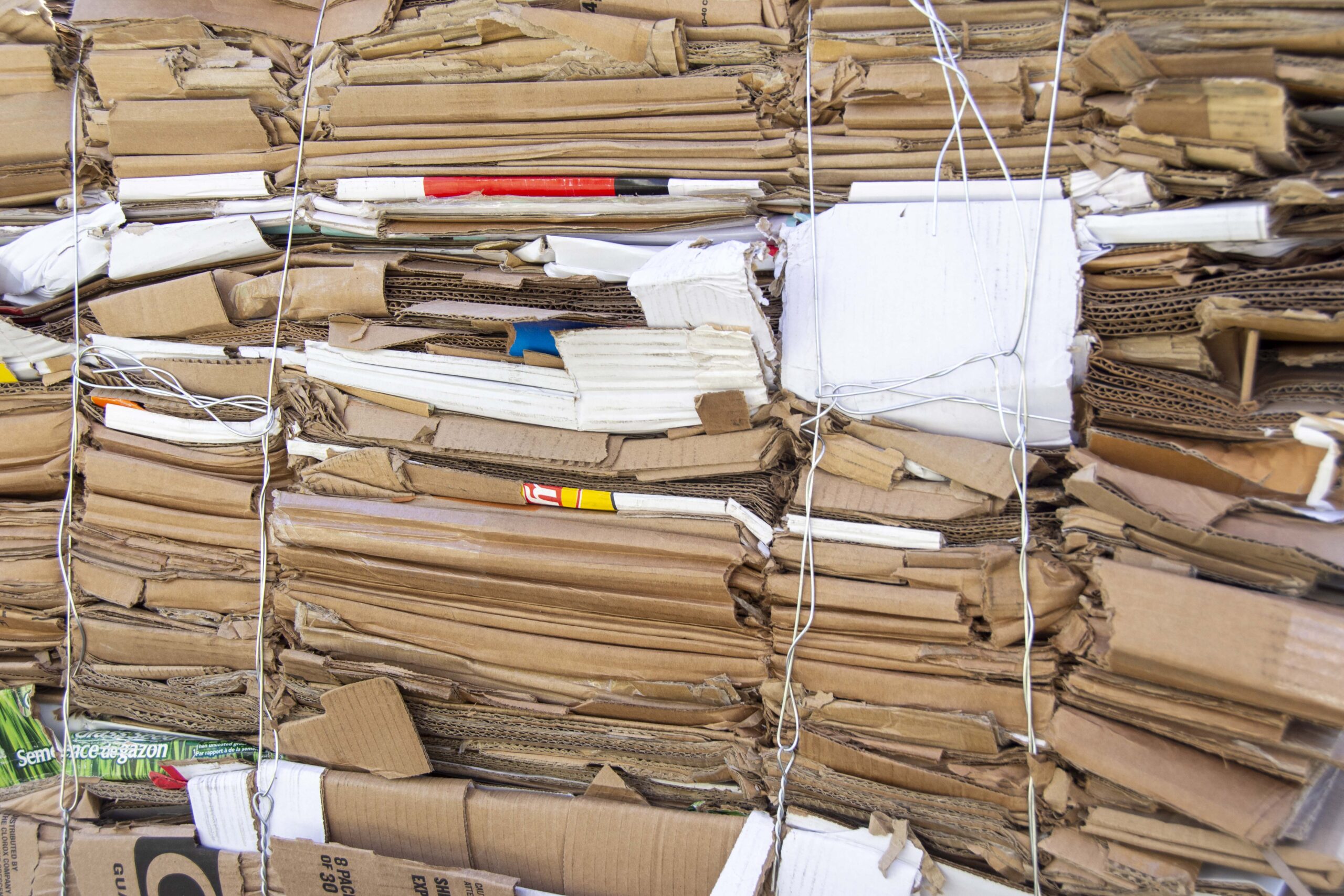 A new study has shown for the first time that waste cardboard can be used as an effective source of biomass fuel for large scale power generation. Engineers from the University of Nottingham have provided the first comprehensive characterisation of cardboard as a potential fuel source and created a new method to assess the composition of the material providing a practical tool for fuel assessment for cardboards. The study has been published in the journal Biomass and Bioenergy. This research demonstrates that cardboard shows differences in physical and chemical properties, including lower carbon content, reduced heating value, and a high prevalence of calcium carbonate fillers, particularly in printed grades. The researchers have also developed a new technique to analyse the calcium carbonate content of cardboard. Calcium carbonate is added to cardboard to improve its optical properties and stiffness, but forms ash during combustion which can reduce a boilers performance.
A new study has shown for the first time that waste cardboard can be used as an effective source of biomass fuel for large scale power generation. Engineers from the University of Nottingham have provided the first comprehensive characterisation of cardboard as a potential fuel source and created a new method to assess the composition of the material providing a practical tool for fuel assessment for cardboards. The study has been published in the journal Biomass and Bioenergy. This research demonstrates that cardboard shows differences in physical and chemical properties, including lower carbon content, reduced heating value, and a high prevalence of calcium carbonate fillers, particularly in printed grades. The researchers have also developed a new technique to analyse the calcium carbonate content of cardboard. Calcium carbonate is added to cardboard to improve its optical properties and stiffness, but forms ash during combustion which can reduce a boilers performance.